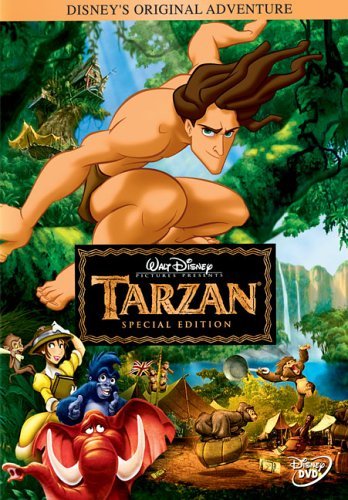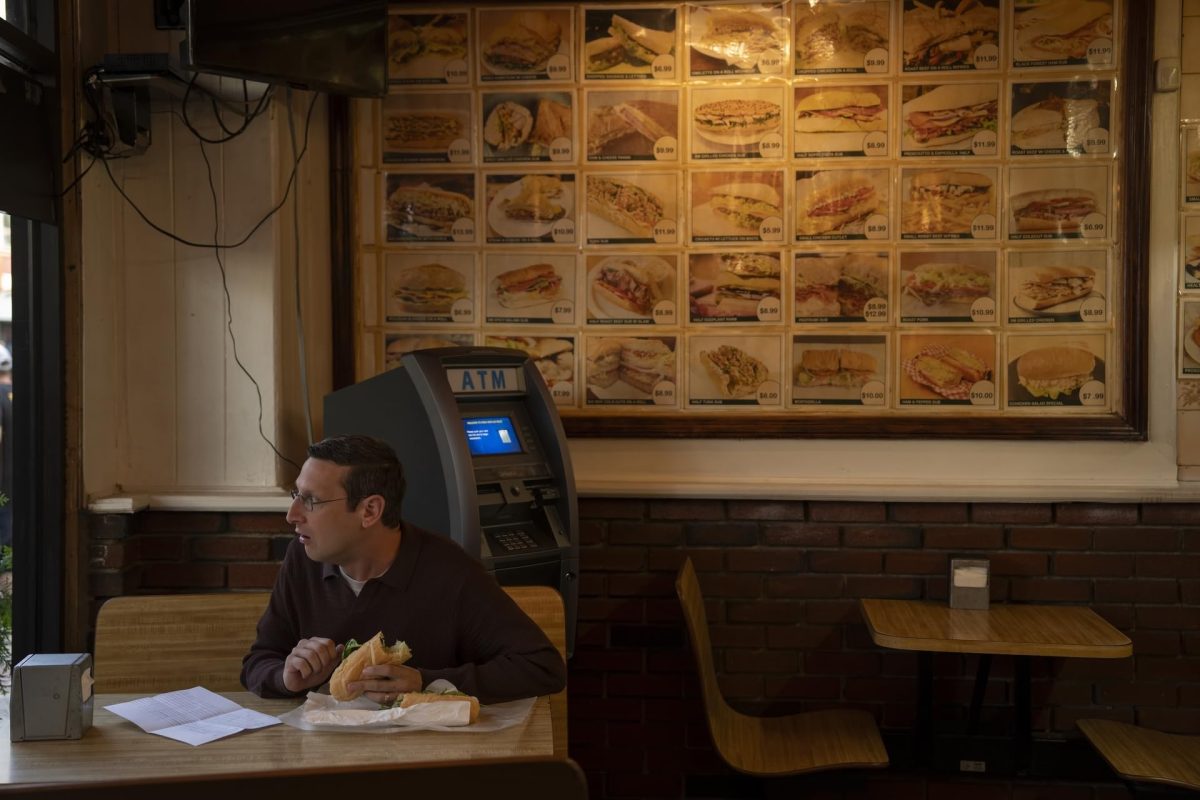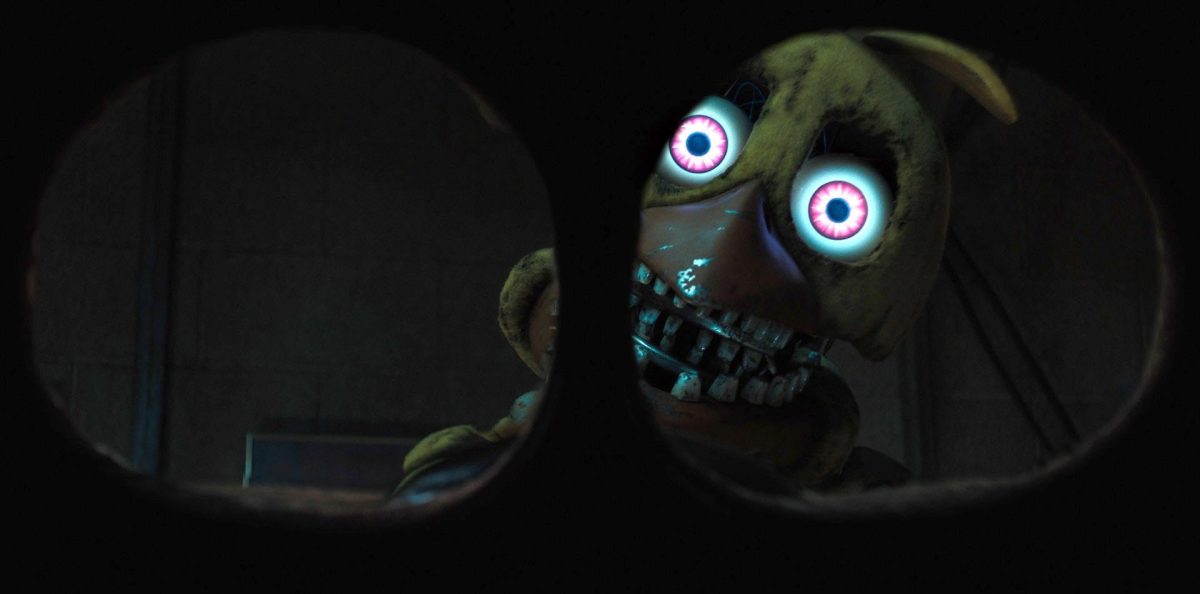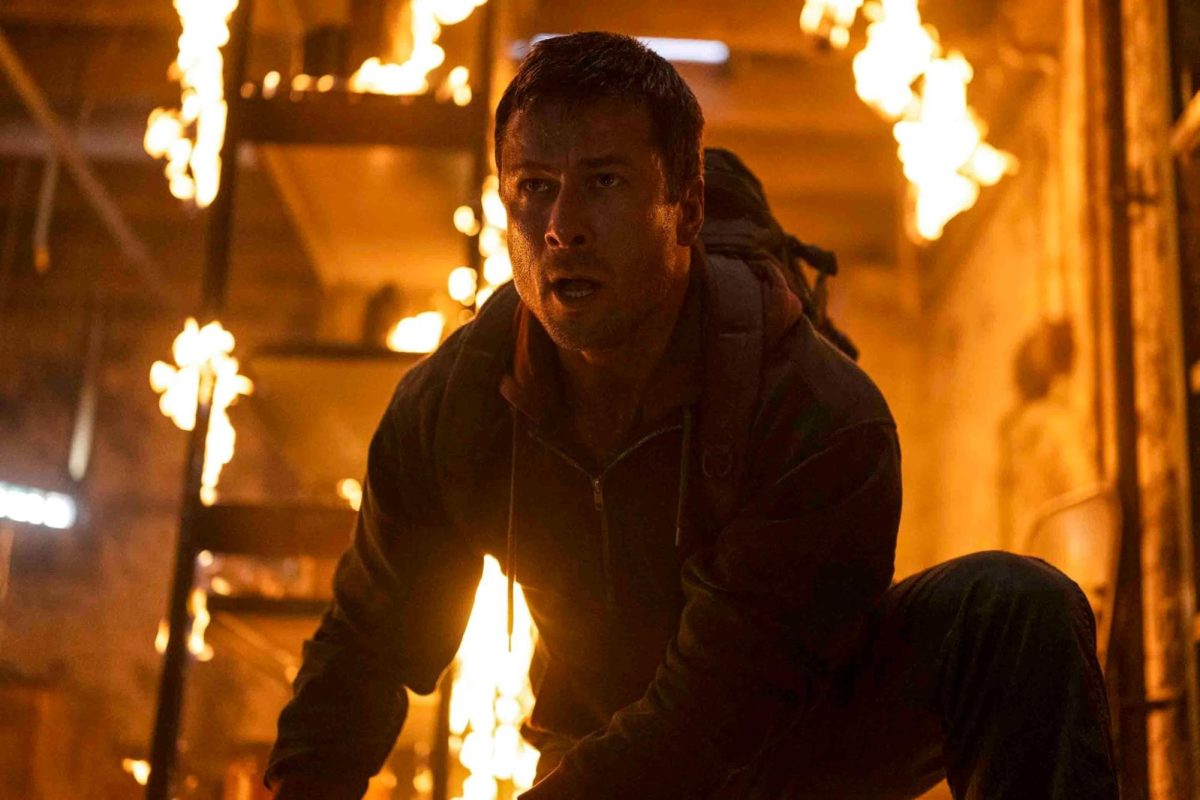
June 18, 1999, marks the release date of “Tarzan,” a coming-of-age Disney animated film. This year is its 25th anniversary.
Following the story of a child raised by wildlife creatures surrounding him — mainly gorillas and one elephant — “Tarzan” is a comical, childlike-wonder creation that certainly lived up to previous productions like “Hercules” (1997) and “Mulan” (1998).
Although seemingly absurd, the storyline portrayed can resonate with all audiences no matter the age — just ignore the talking animals and an elephant that can see through its trunk as if it were a pair of binoculars.
The intense opening scene follows a couple escaping from a burning, broken-down ship, with the woman holding a baby in her arms as they row away from danger. They venture to an island unmarked by humankind and are met with a residing gorilla troop, with the human family mirrored in this gorilla form.
Music by Phil Collins narrates the scene — and the rest of the movie, for that matter — with lyrics from “Two Worlds” excruciatingly detailing what viewers are witnessing.
Get The Daily Illini in your inbox!
This song is the first one Collins worked on with composer Mark Macina for the film, and it’s woven throughout the score, earning a callback numerous times while simultaneously depicting the theme.
“A paradise untouched by man/ Within this world blessed with love/ A simple life, they live in peace/ Softly tread the sand below your feet now/ Two worlds, one family,” Collins sings as the humans reach the shore.
Unfortunately, the gorilla family, composed of Kala (Glenn Close) and Kerchak (Lance Henriksen), loses their child to the ferocious leopard, Sabor. Devastated by this loss, Kala hears cries from a distance and is immediately entranced by the sound.
Within the residence rests Tarzan (Tony Goldwyn), his cries quieting and eyes lighting as they rest upon Kala. Destruction is evident throughout the space as Sabor slashes at Kala while she fearlessly escapes with the baby in her clutches.
Throughout the following years, Tarzan is raised to be an ape-man but never completely accepted by his “father” Kerchak, who repeatedly says, “He will never be one of us.” Tarzan doesn’t meet another like him until the audience is introduced to Jane (Minnie Driver), Clayton (Brian Blessed) and Professor Porter (Nigel Hawthorne).
While a weirdly forced attraction begins to unfold between Jane and Tarzan, which seems nonsensical considering he can barely function as a human, Clayton malignantly schemes in the background to capture the gorilla troop.
The climactic action ends with the vine-hanging death of Clayton, his knife plummeting into the ground — a death that is hopefully lost upon children viewers — and the death of Kerchak, which causes Tarzan to rise as the group leader.
As the film naturally ends happily, it remains the same old conventional Disney tale overall: good vs. evil, with the protagonist saving the day after being the reason it needed saving.
However, the animation style, and most importantly the score, elevate “Tarzan” to be a picturesque film encapsulating themes of identity and family, questioning whether the biological side matters or not.
After its establishment, some believed the movie motioned for the end of Disney’s decade-long animated creations; six years later, studios began switching to computer animation.
With the arrival of its 25th anniversary, it’s no surprise that “Tarzan” remains a classic Disney hit among all generations. Talking animals, memorable sing-along lyrics and childlike humor enhance the film, even as decades pass.






